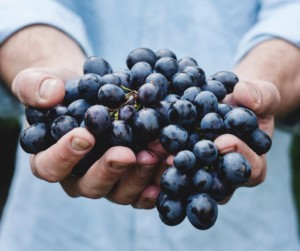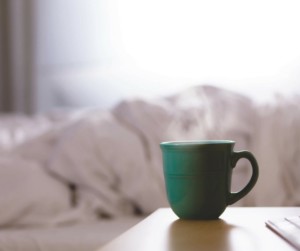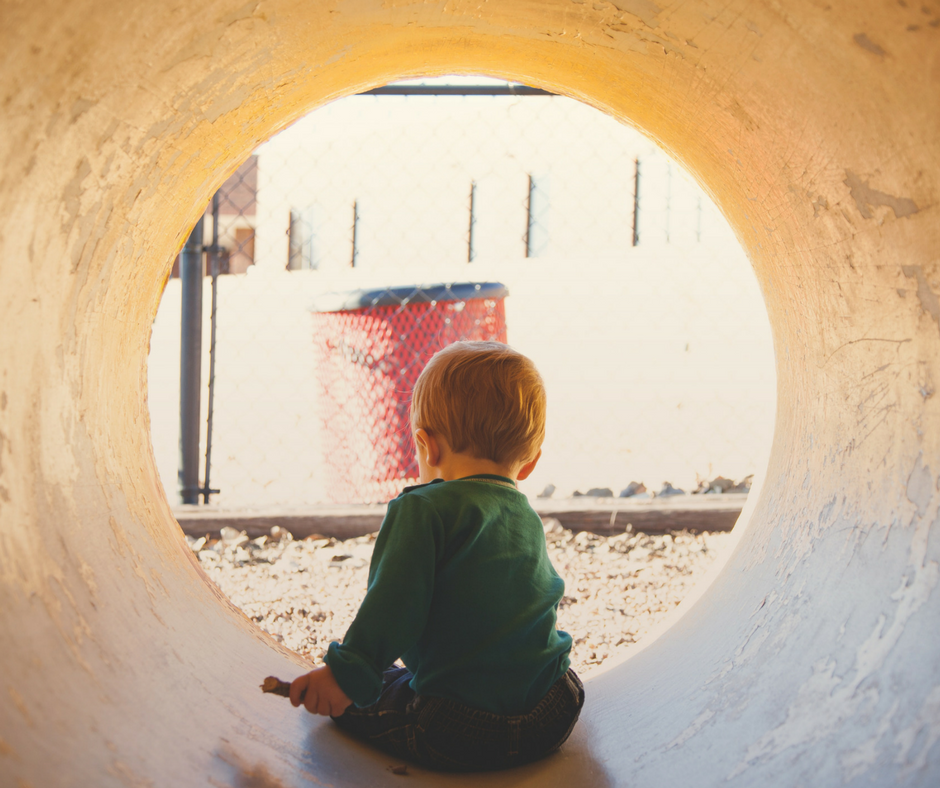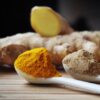Hi, its Jen here, you have probably seen me in clinic – I am a student practitioner and I work alongside Ruth as her assistant. This post is one close to my heart, because as a mother I know we all try to make the best decisions for our little ones and sometimes we have to make tough decisions, for me antibiotics is one of those — so this is for all mums our there doing their best…
I don’t know about you but in my household it feels like we have been battling with every bug around recently, I have been blaming it on the weather, hot to cold and hot again, but the more serious side of this has been that my little one has had to take a course of antibiotics to hit a nasty double ear infection on the head.
I read this interesting article in Dr Karl’s Brain Food book about the use of antibiotics in humans…
In today’s world, we are led to believe that antibiotics are supposed to kill bacteria. However, it is believed that these could also damage the good bacteria in our gut. Who would have thought something supposed to make us better could actually have negative effects? Now let’s take a closer look at the study.
Antibiotics have been around for nearly ¾ of a century. When used to kill bacteria, they do a pretty good job. They produce remarkably few side effects, and these effects are vastly offset by the benefits. But bearing in mind that our gut is chock a block with bacteria, and that antibiotics are used to kill bad bacteria, we need to ask what antibiotics do to the good bacteria.
First, most broad spectrum antibiotics kill lots of gut bacteria. These antibiotics can reduce the bacteria numbers. So your normal 1.5 kilos of gut bacteria could temporarily drop to just a few grams. But narrow spectrum antibiotics such as vancomycin, hardly reduce the numbers at all. They do reduce the diversity of the gut microbes, however.
Second, different antibiotics kill different microbes. In one study the broad spectrum antibiotic ciprofloxacin changed the make up of the various communities of bacteria in the gut. The effects were notified within three to four days of taking the drug and were profound. However, within a week of finishing the one week course the gut microbiome had begun to return to its original state. But the return journey does not always go all the way back to the original starting point. One patient permanently lost, or did not regrow, one common genus of gut bacteria.
So while we all try to avoid antibiotics and do everything we can at home, sometimes we don’t get in quick enough with preventative natural medicine and need to use an antibiotic. Don’t let this stress you, as we have listed 5 things that you can do to help your little one (or yourself) recover and boost your gut microbiome.
 1. Eat prebiotic foods – these are foods that feed the good bacteria in the gut, prebiotic foods are rich in fibre and assist with gut health in general. The list is long so here we go…. Brown, red and black rice, lentils and kidney beans, carob powder and dark cacao, slippery elm (supplement), leek, onion, garlic, lactulose – at least 5ml a day (lac-dol is the brand for over the counter purchases from the chemist), oats and rye if gluten is tolerated, blueberries, cherries, blackberries, raspberries, black grapes and unripe banana, green tea, flaxseed meal, pecans, broccoli, purple carrots, red carrots, cooked and cooled potatoes (potato salad), red cabbage, red onions, garlic, beetroot, and black olives. Phew – lots of options there!
1. Eat prebiotic foods – these are foods that feed the good bacteria in the gut, prebiotic foods are rich in fibre and assist with gut health in general. The list is long so here we go…. Brown, red and black rice, lentils and kidney beans, carob powder and dark cacao, slippery elm (supplement), leek, onion, garlic, lactulose – at least 5ml a day (lac-dol is the brand for over the counter purchases from the chemist), oats and rye if gluten is tolerated, blueberries, cherries, blackberries, raspberries, black grapes and unripe banana, green tea, flaxseed meal, pecans, broccoli, purple carrots, red carrots, cooked and cooled potatoes (potato salad), red cabbage, red onions, garlic, beetroot, and black olives. Phew – lots of options there!
2. Take a broad spectrum probiotic – the timing that you take the probiotic it important to take them a minimum of 3 hours from the antibiotic, even better at the opposite end of the day, however this can be hard with taking antibiotics multiple times a day, so in this case save the probiotic for bed time and take the antibiotic at meals times. In the event that you need to give a young baby antibiotics look for a strain called B. Longum BB536 (dosed with M16V and M-63). For adults L.paracasei Lpc-37 and B.Longum BB536 for 7 weeks.
3. Eat fermented foods – these are useful to protect and restore the micro biome. They will not actually re-inoculate the microbiome but will work similarly to the prebiotic foods. Fermented foods are found in sauerkraut, kim chi, kombucha, miso, water keffir and yoghurt with active strains on the label.
4. Try bone broth – bone broth is rich in glutamine which is great for healing epithelium cells in t he gut which will help restore the balance in your digestive tract post antibiotics. Have you tried making a bone broth yourself? Here a link to a delicious recipe…
he gut which will help restore the balance in your digestive tract post antibiotics. Have you tried making a bone broth yourself? Here a link to a delicious recipe…
5. Finally – Rest well and allow your body to heal in its own time, because given the time and right foods, it will do just that!
Good luck!
Jen






